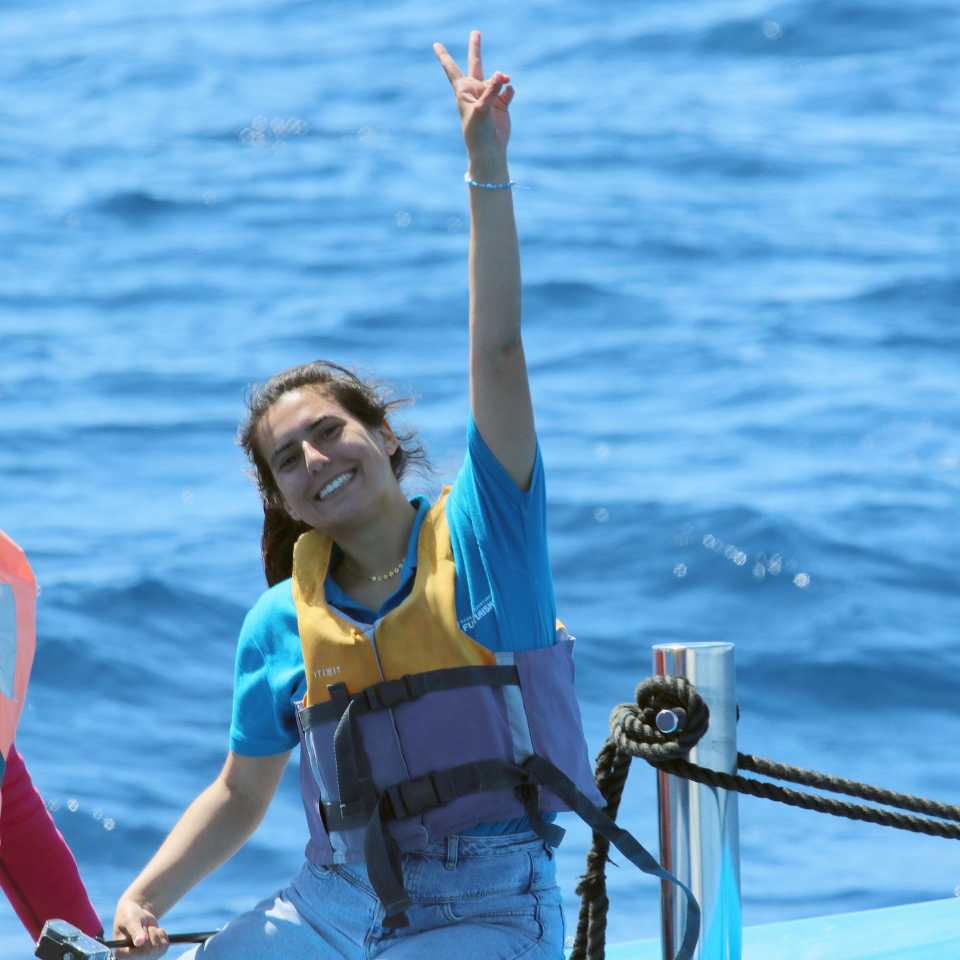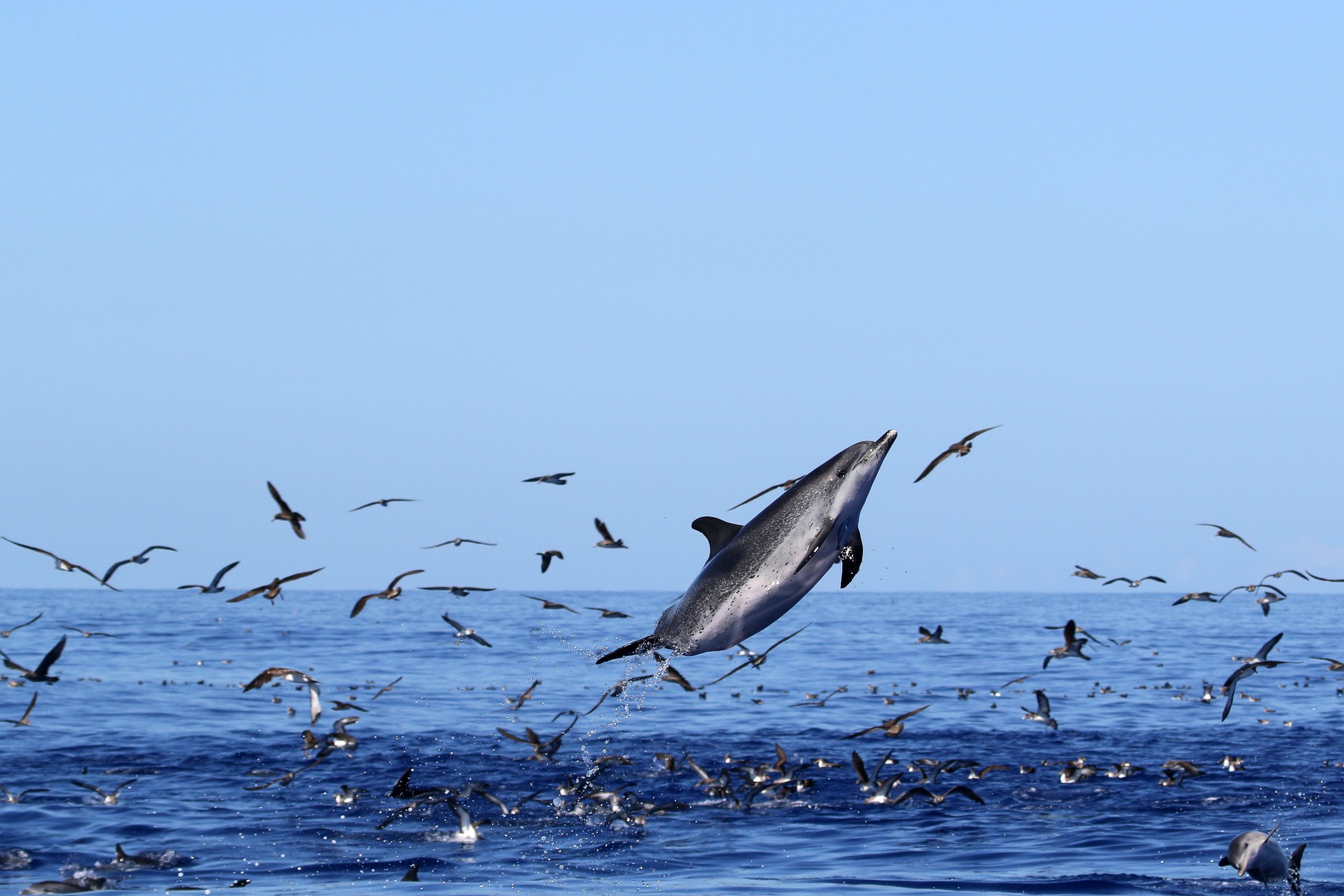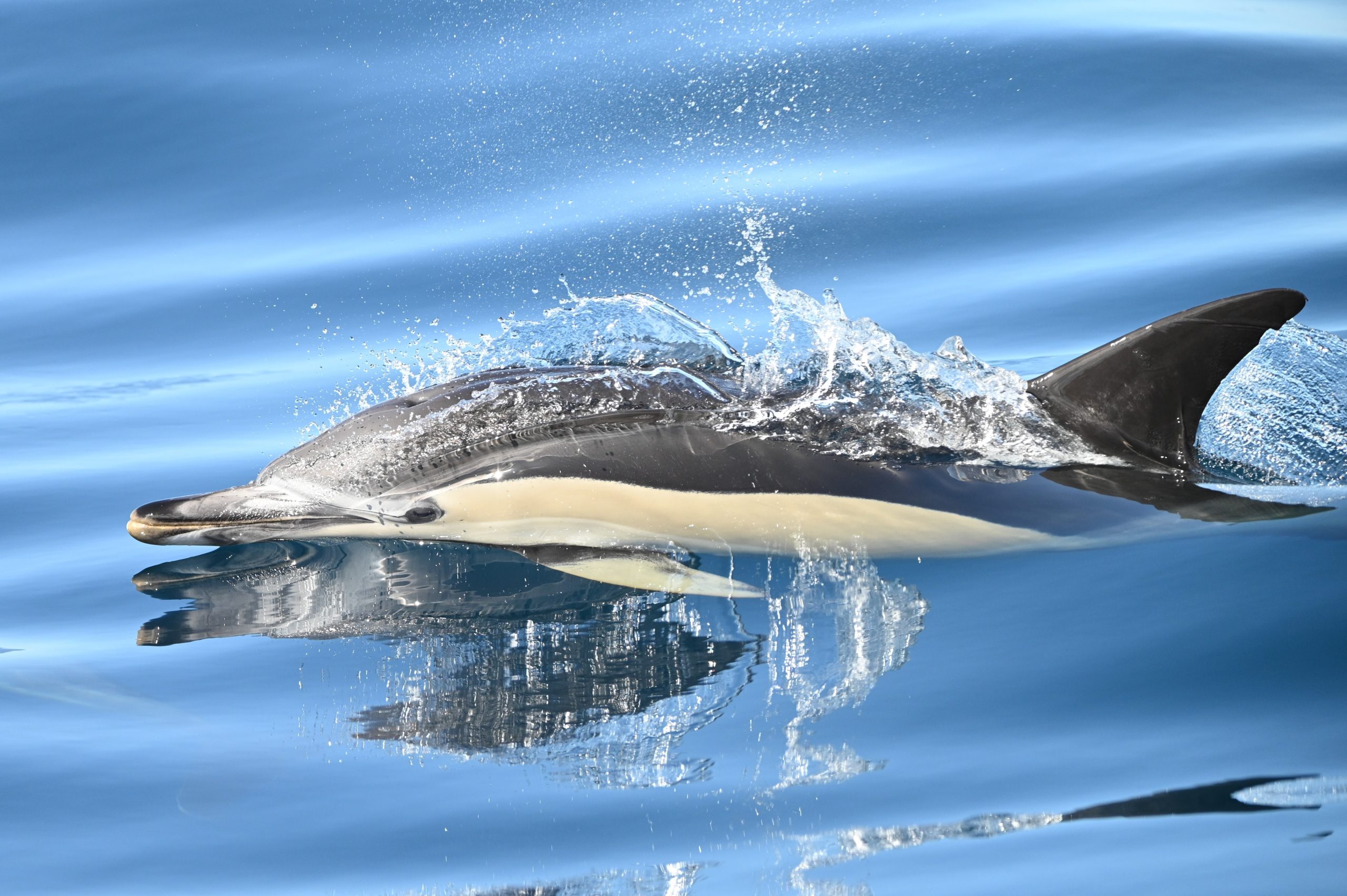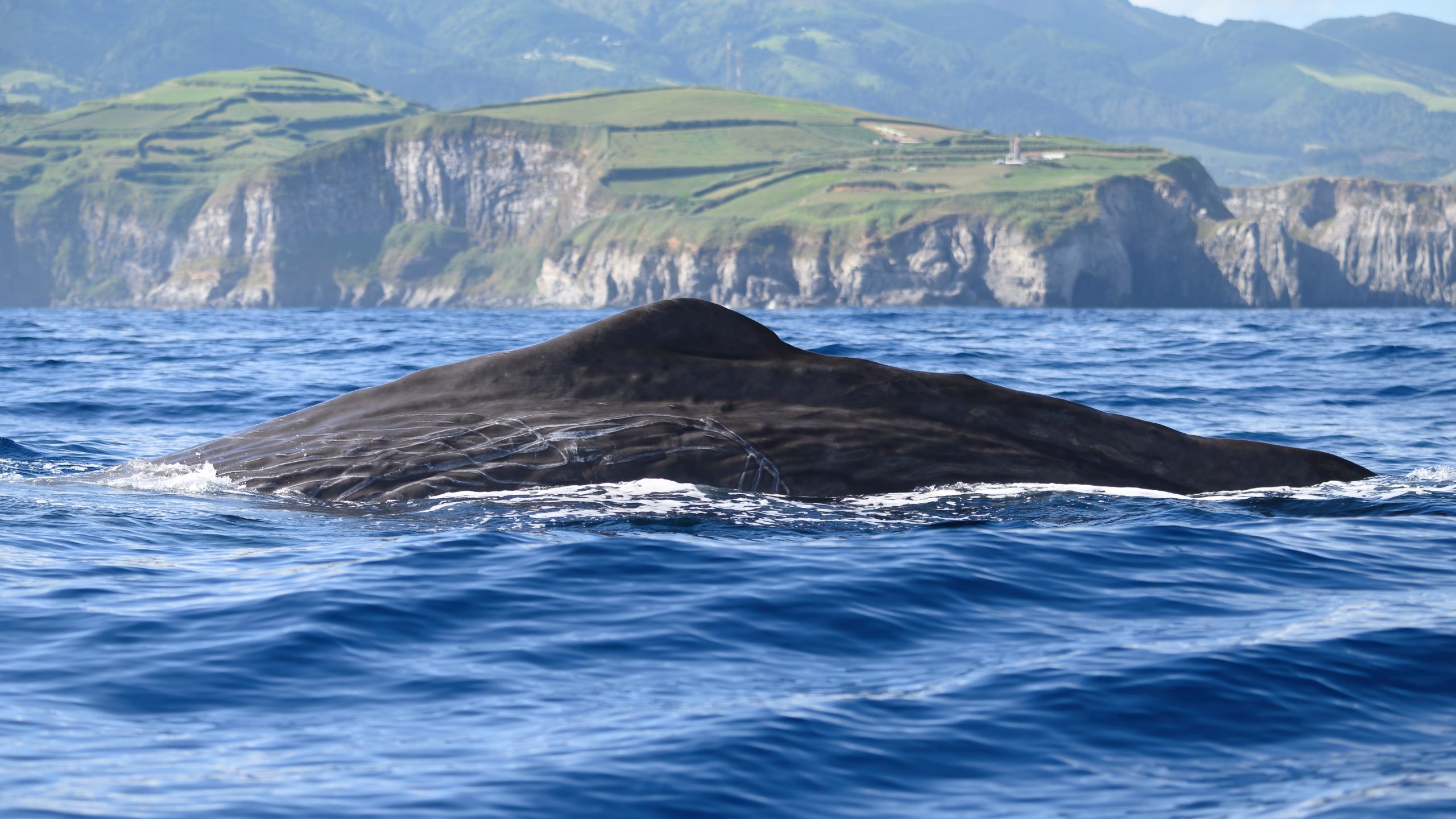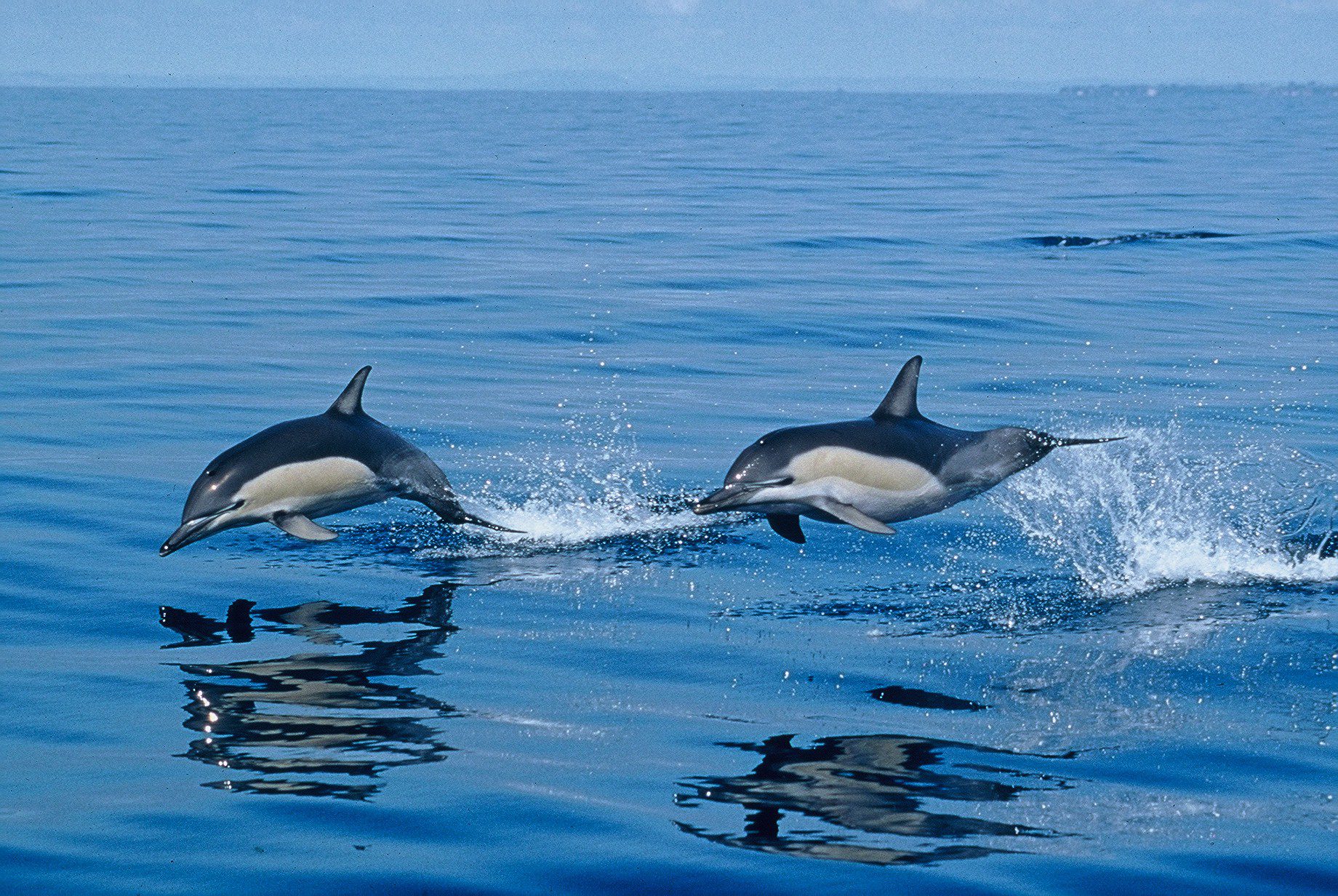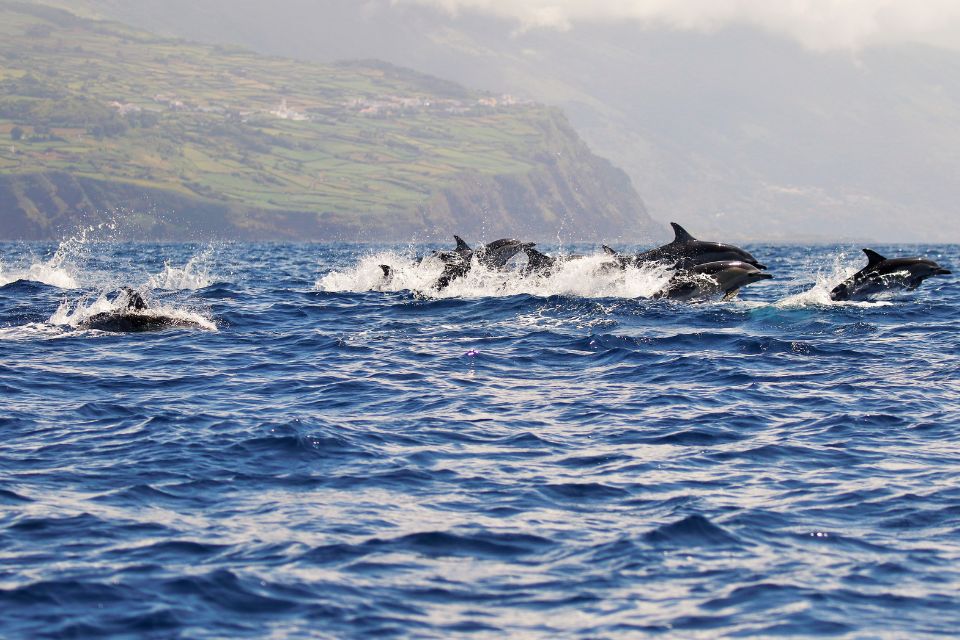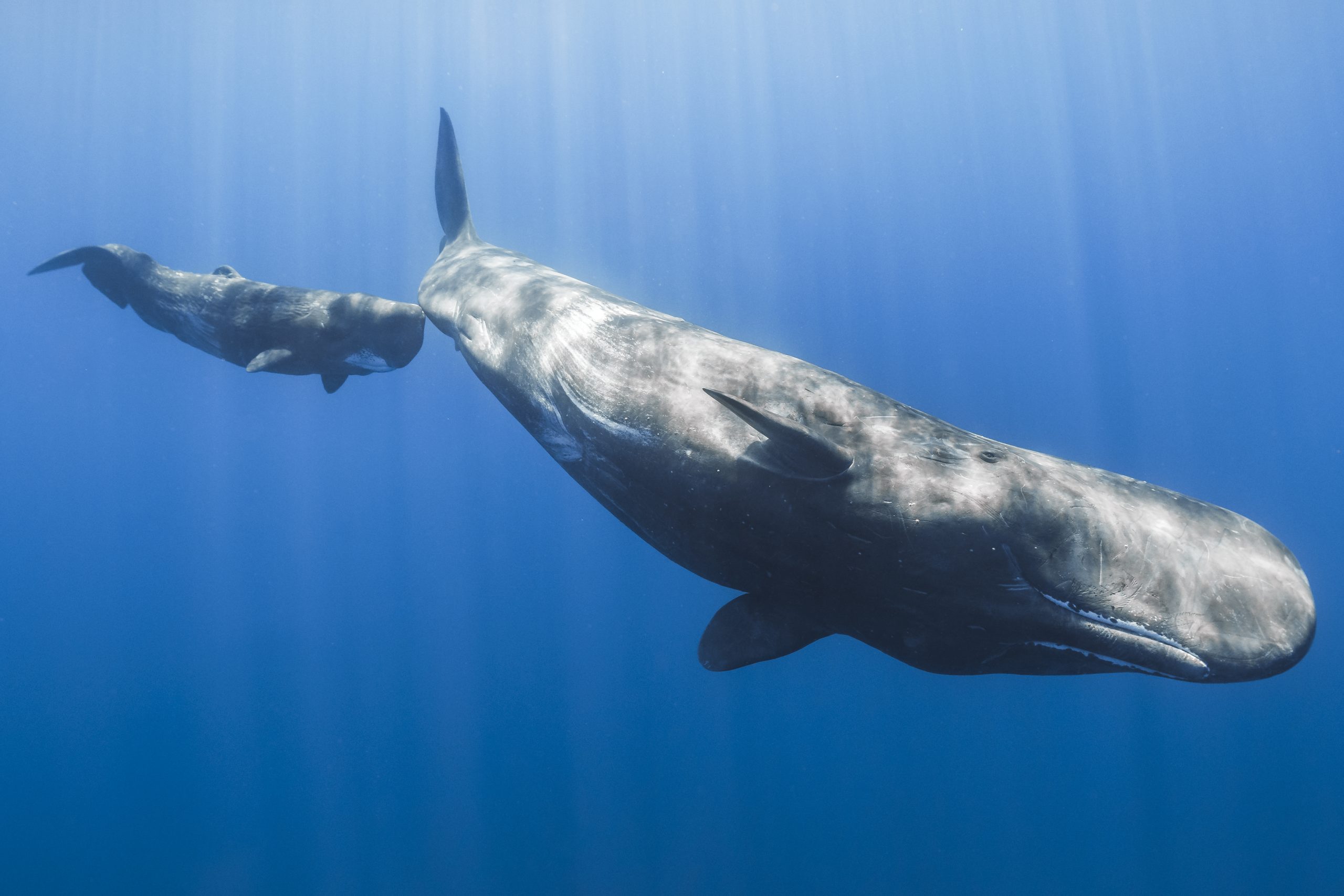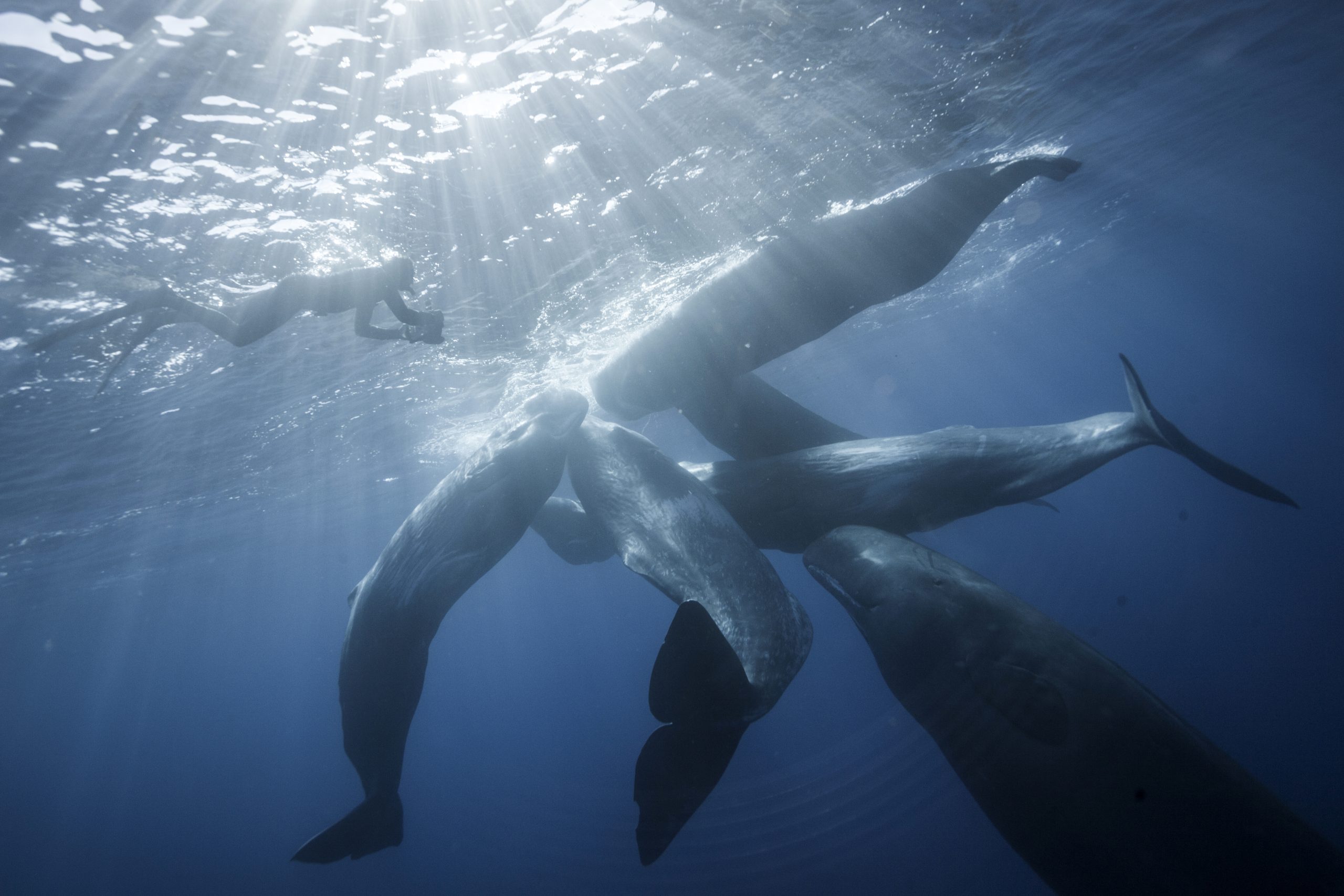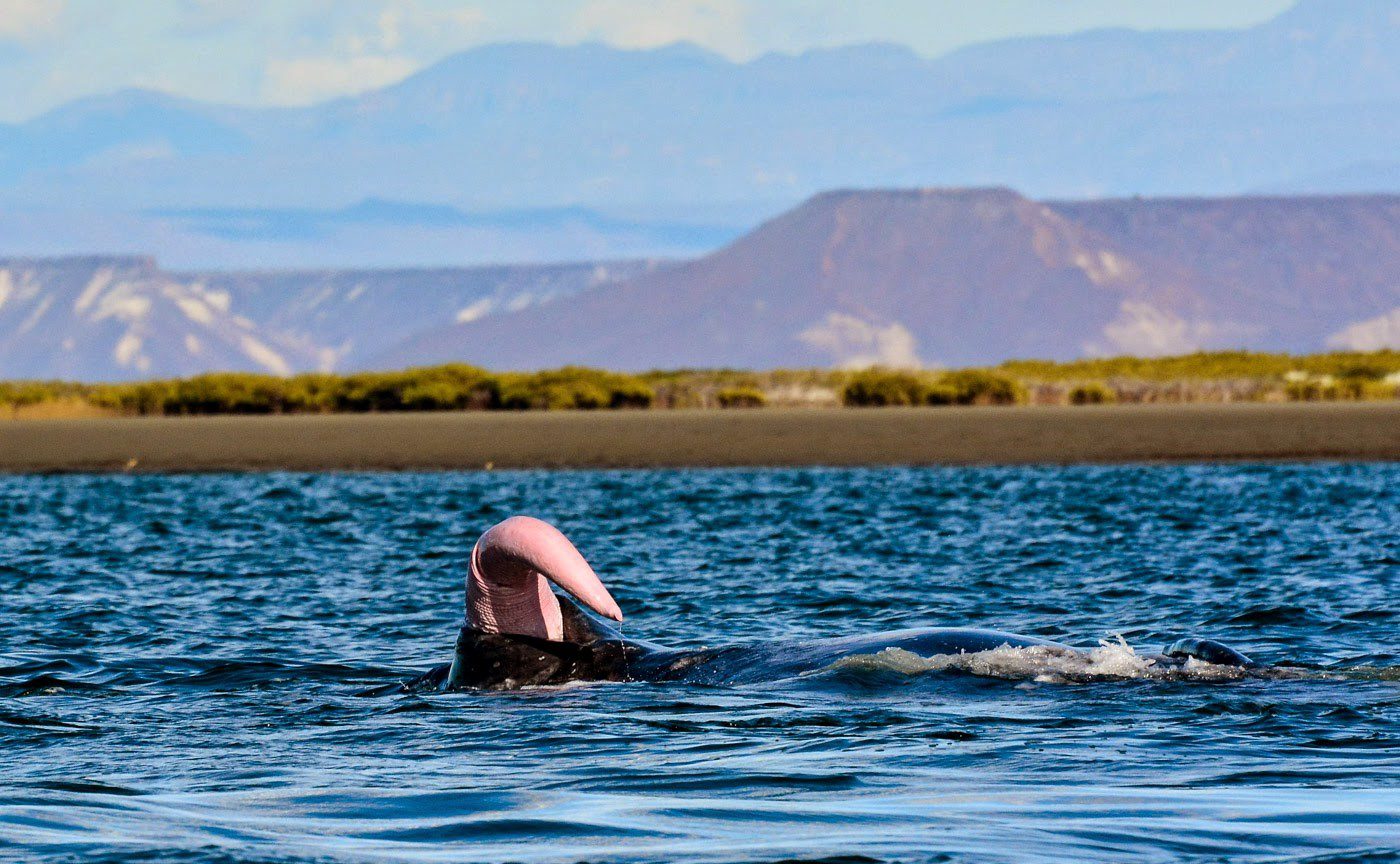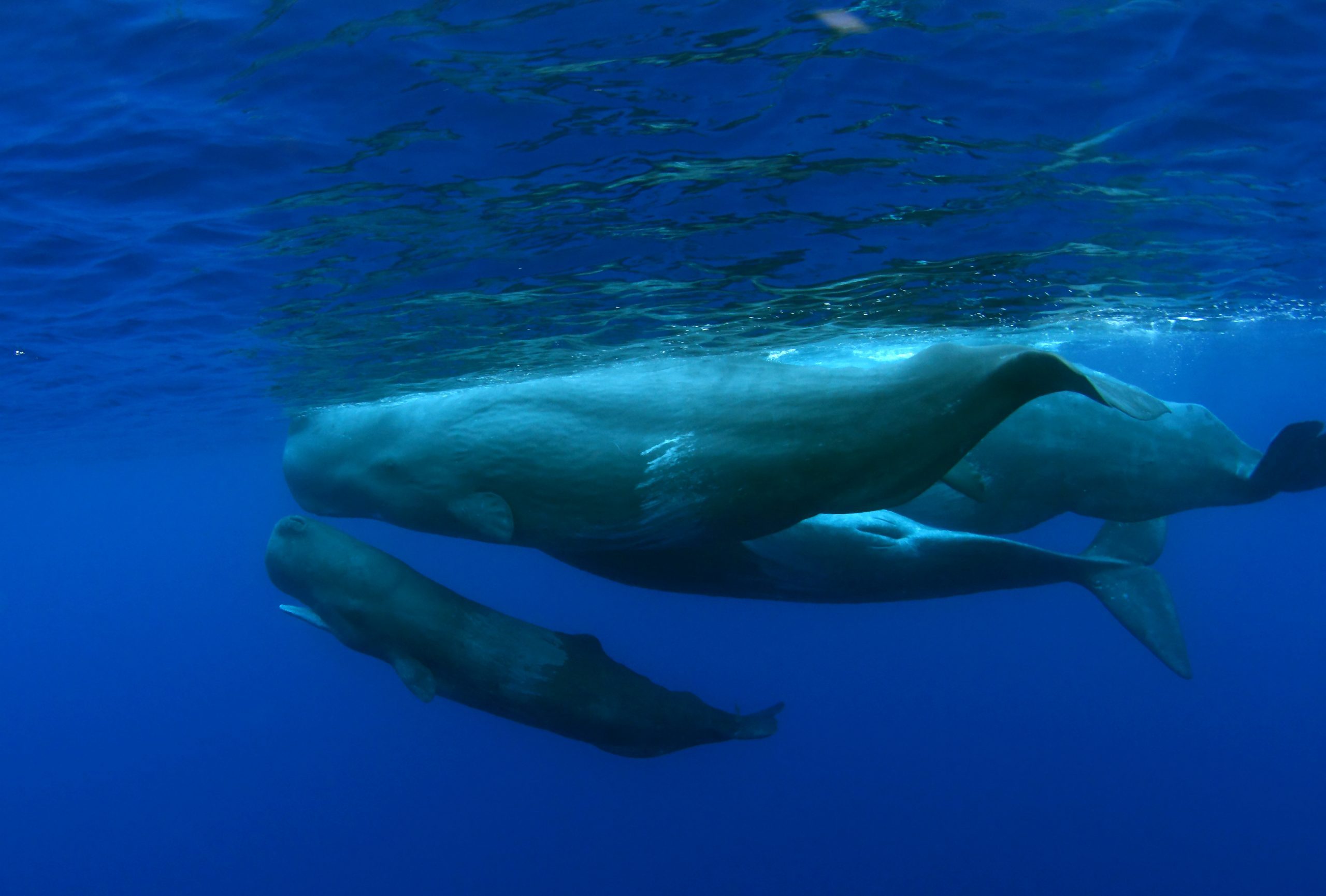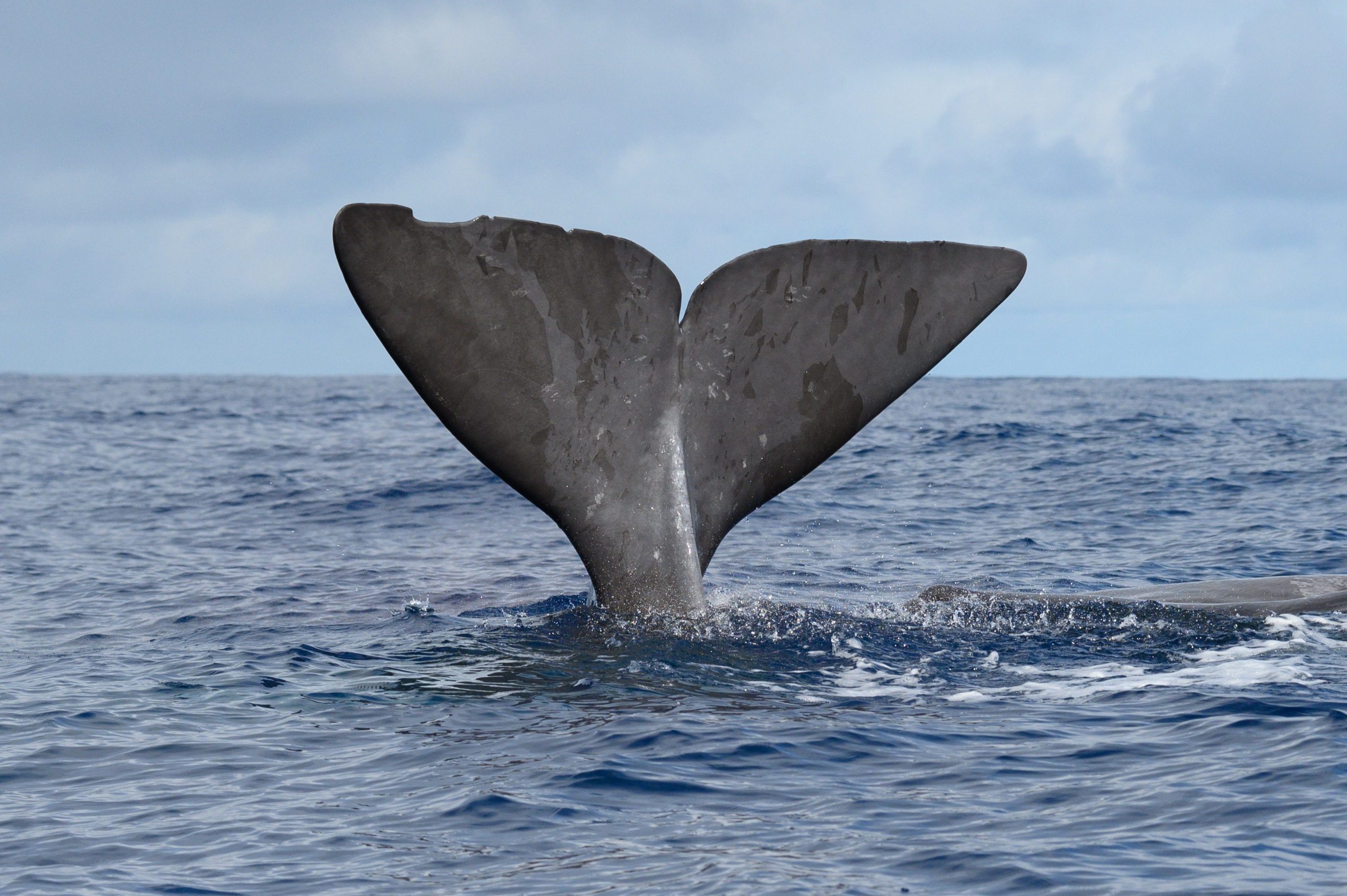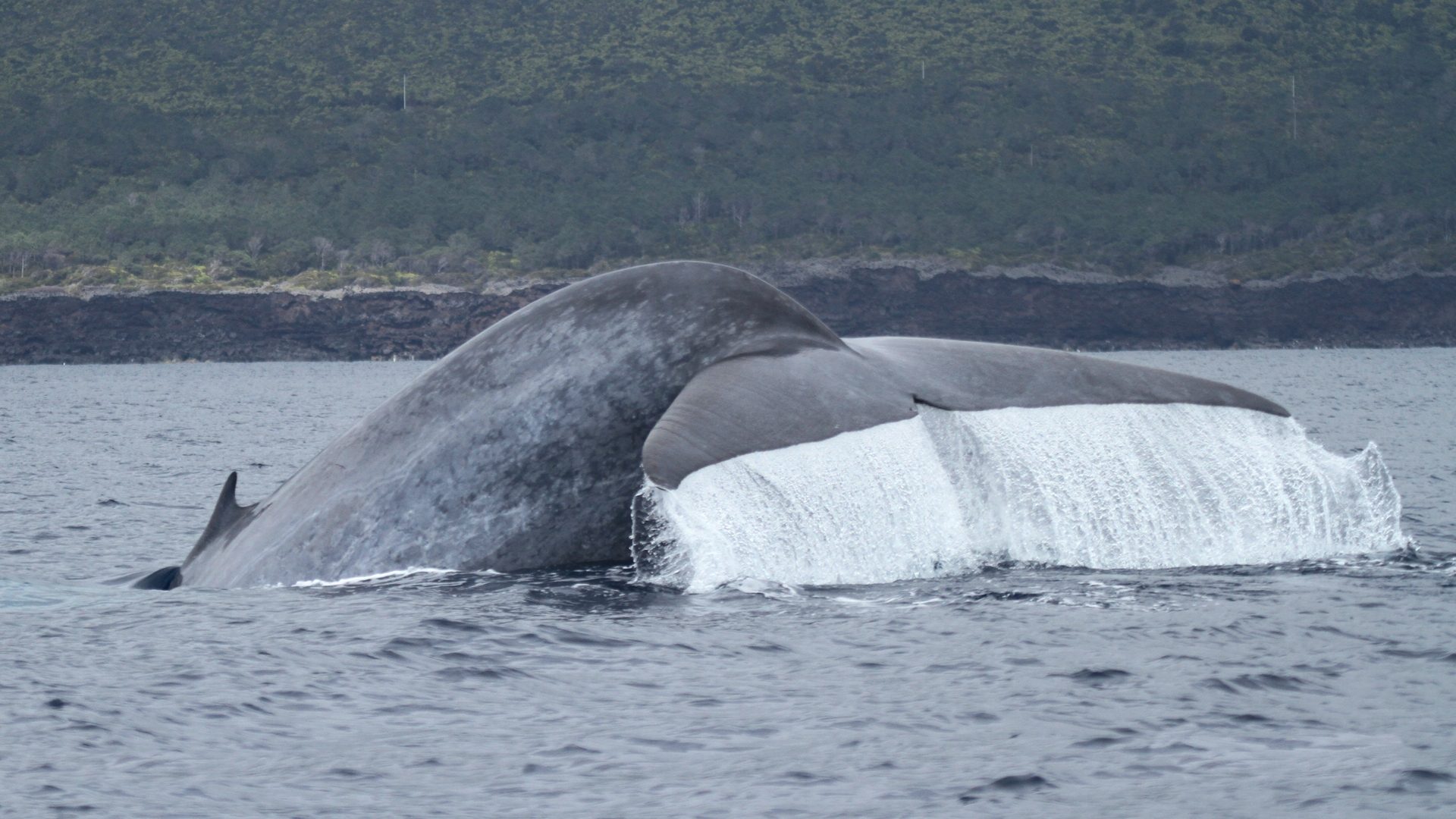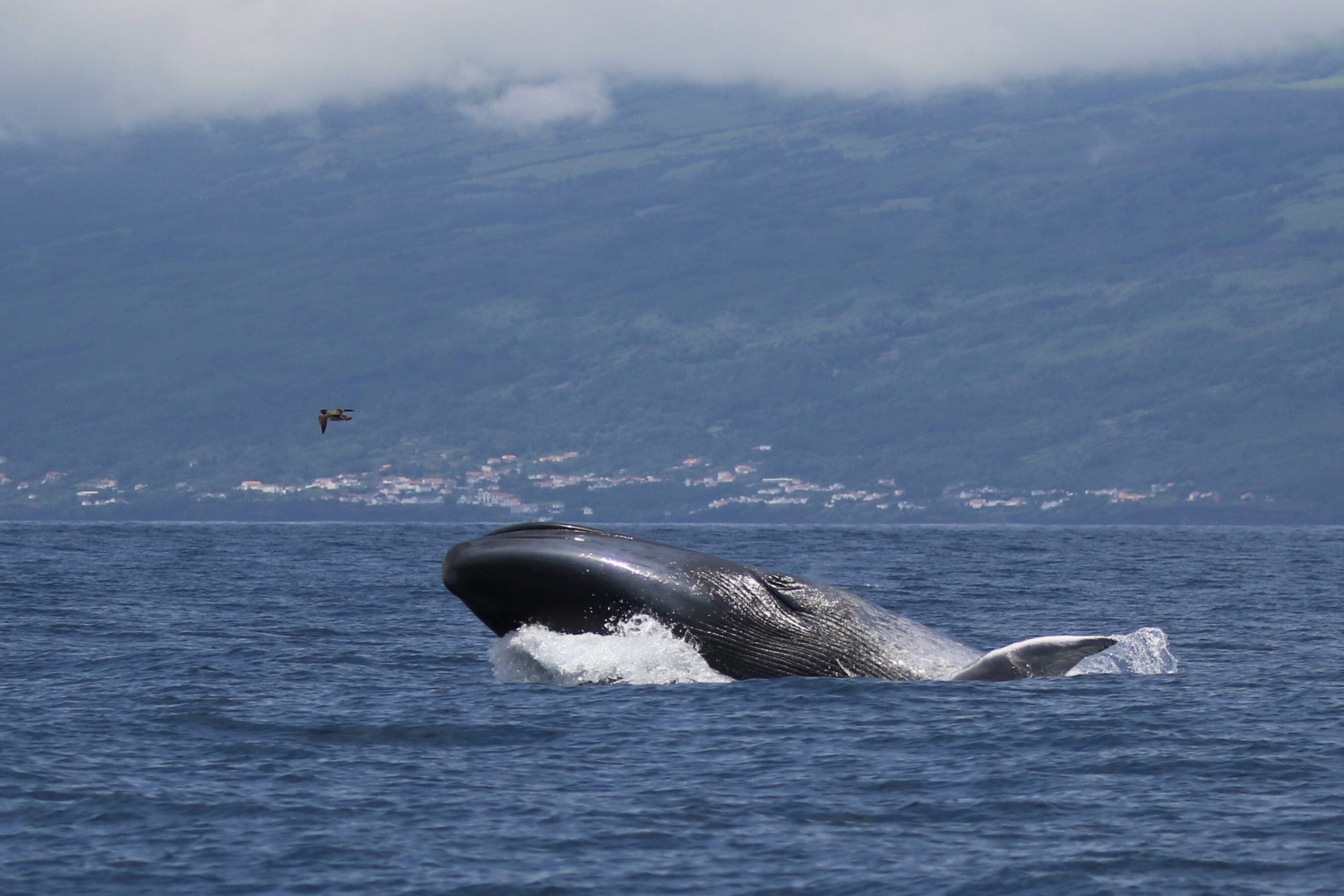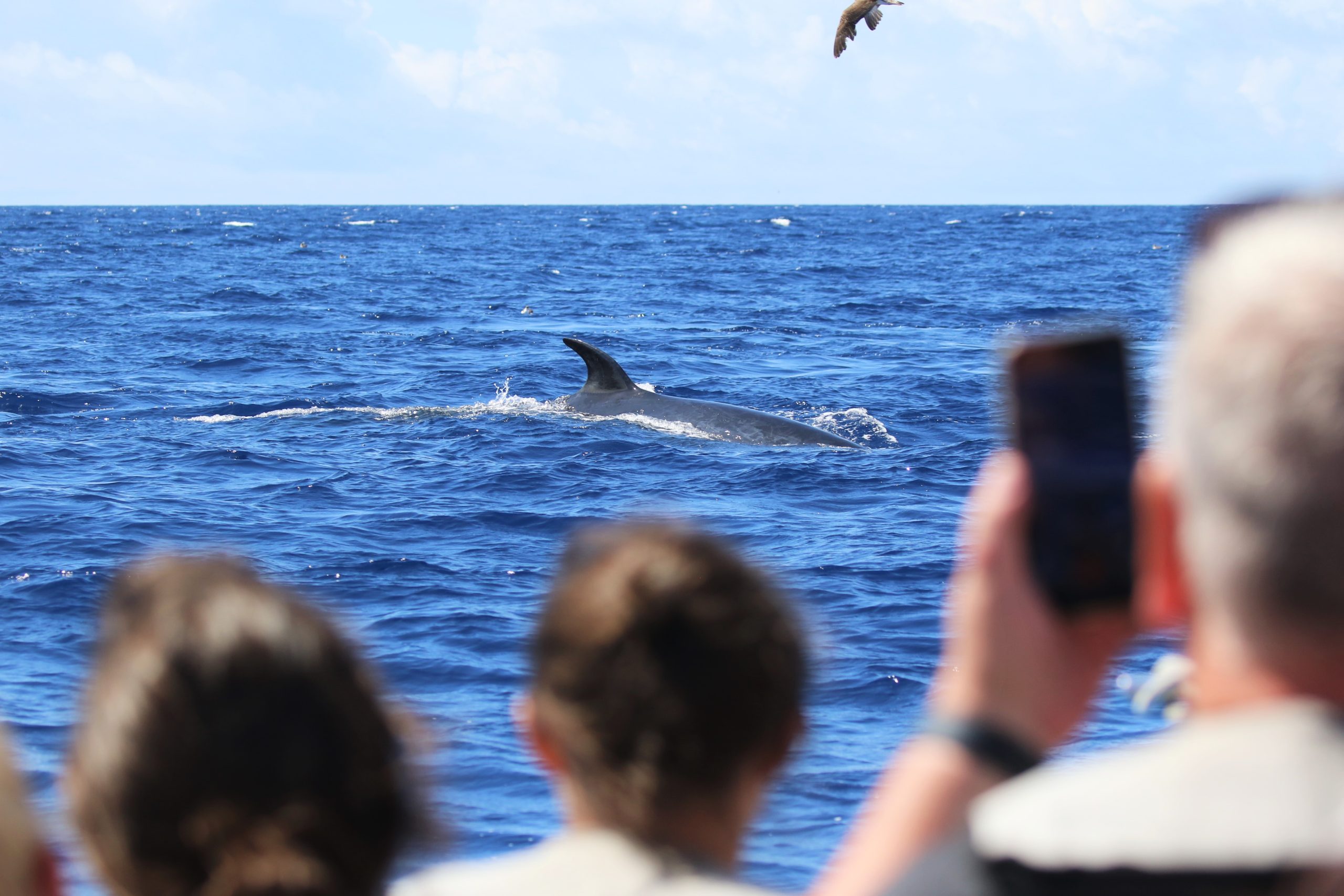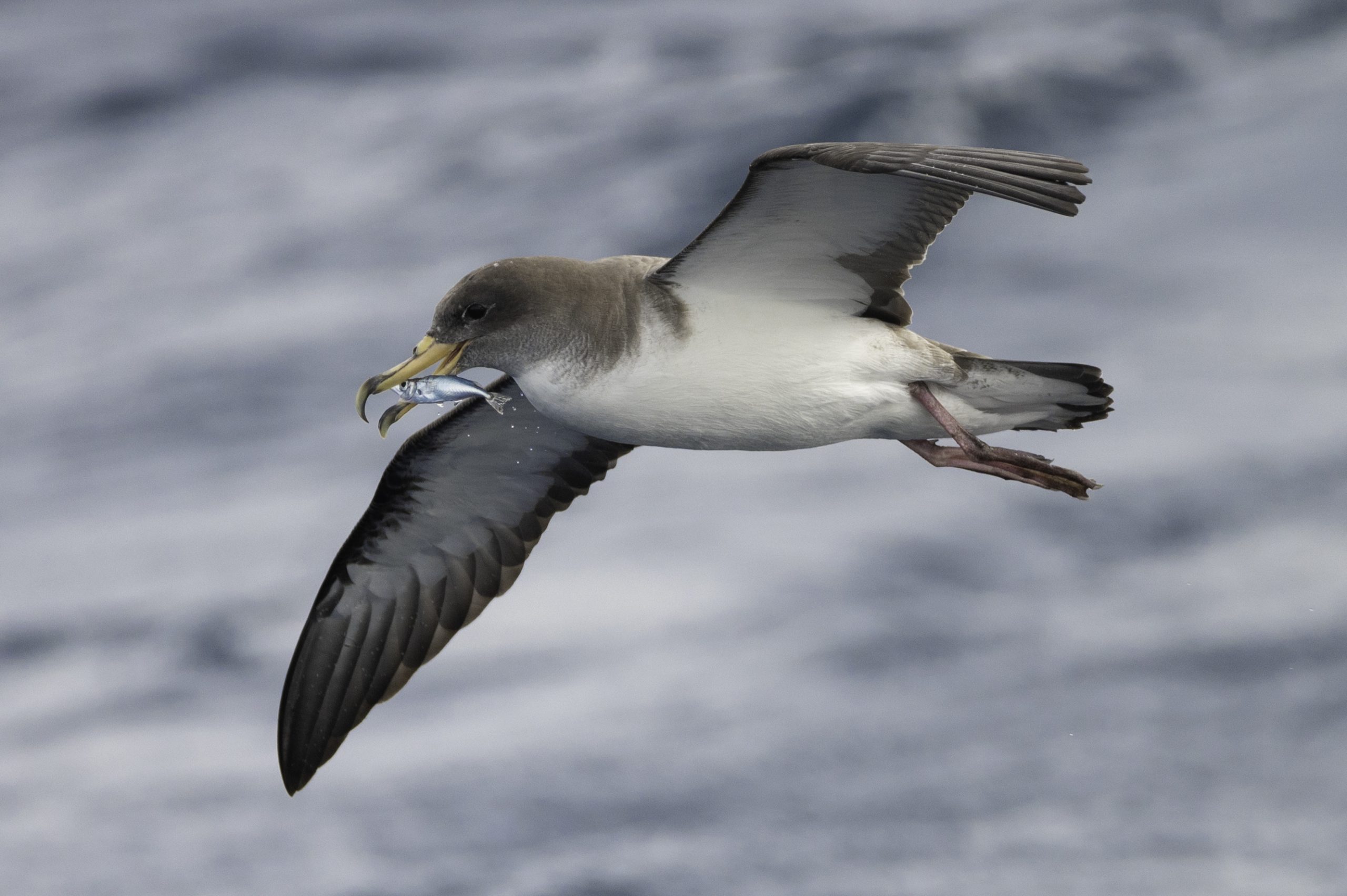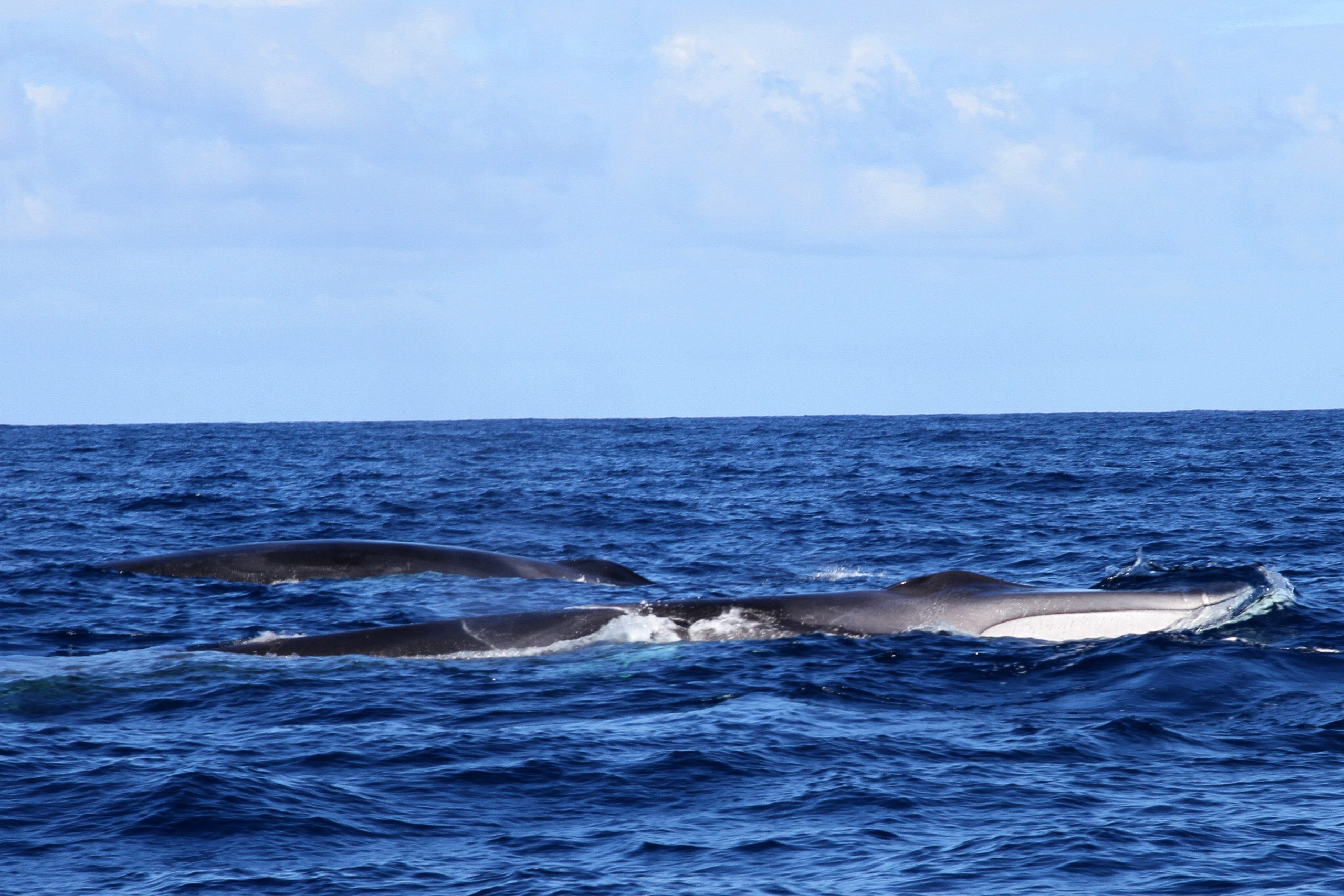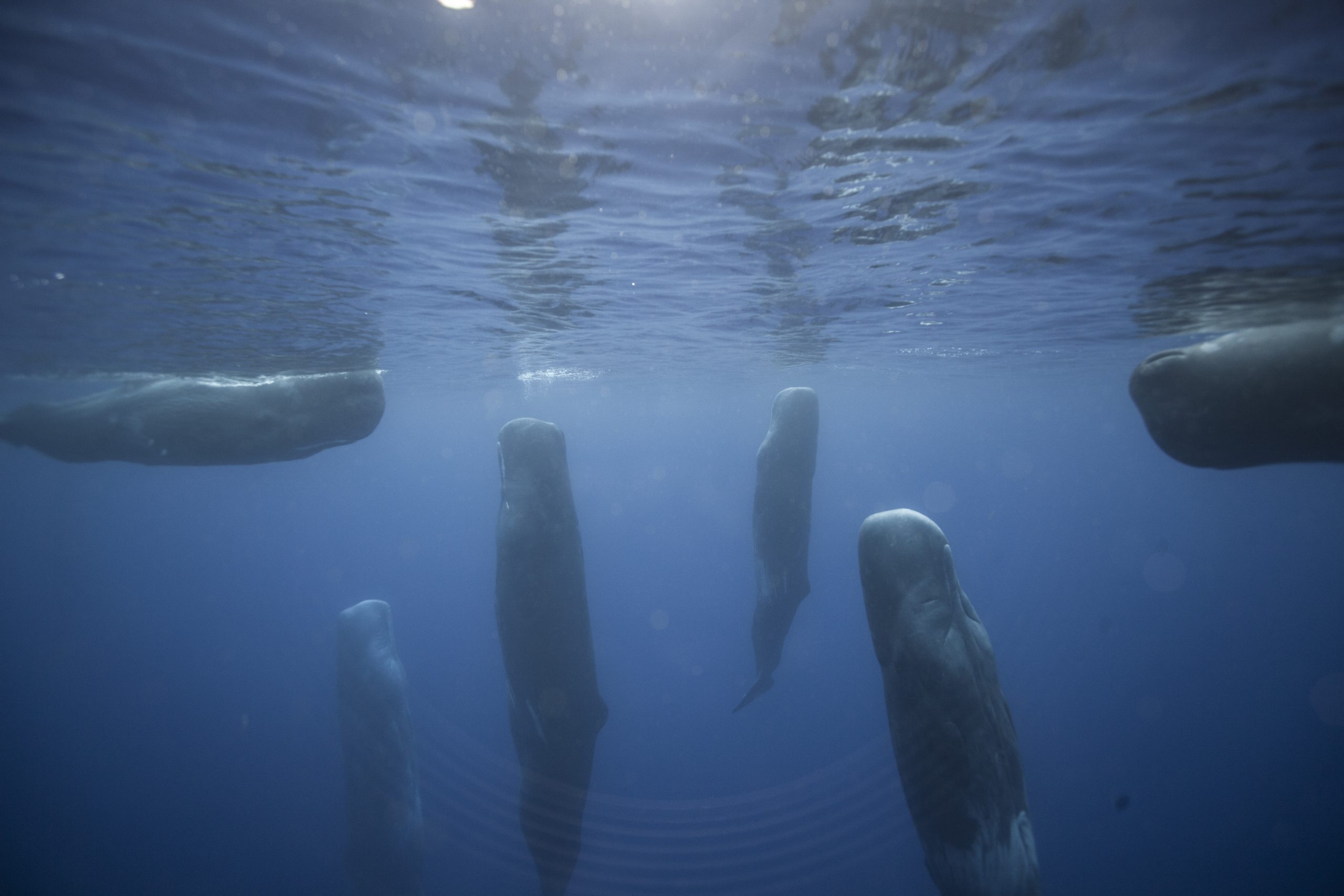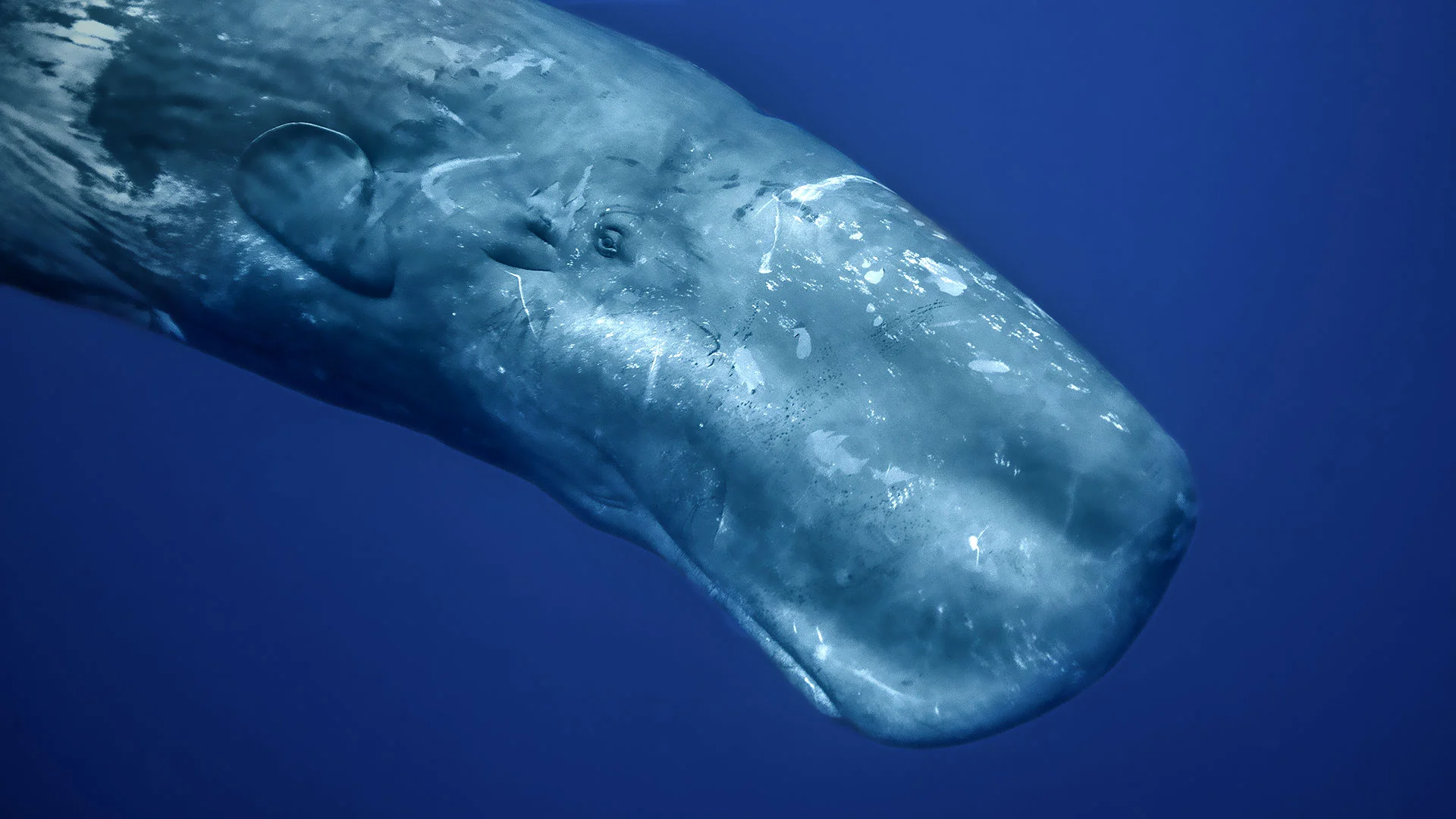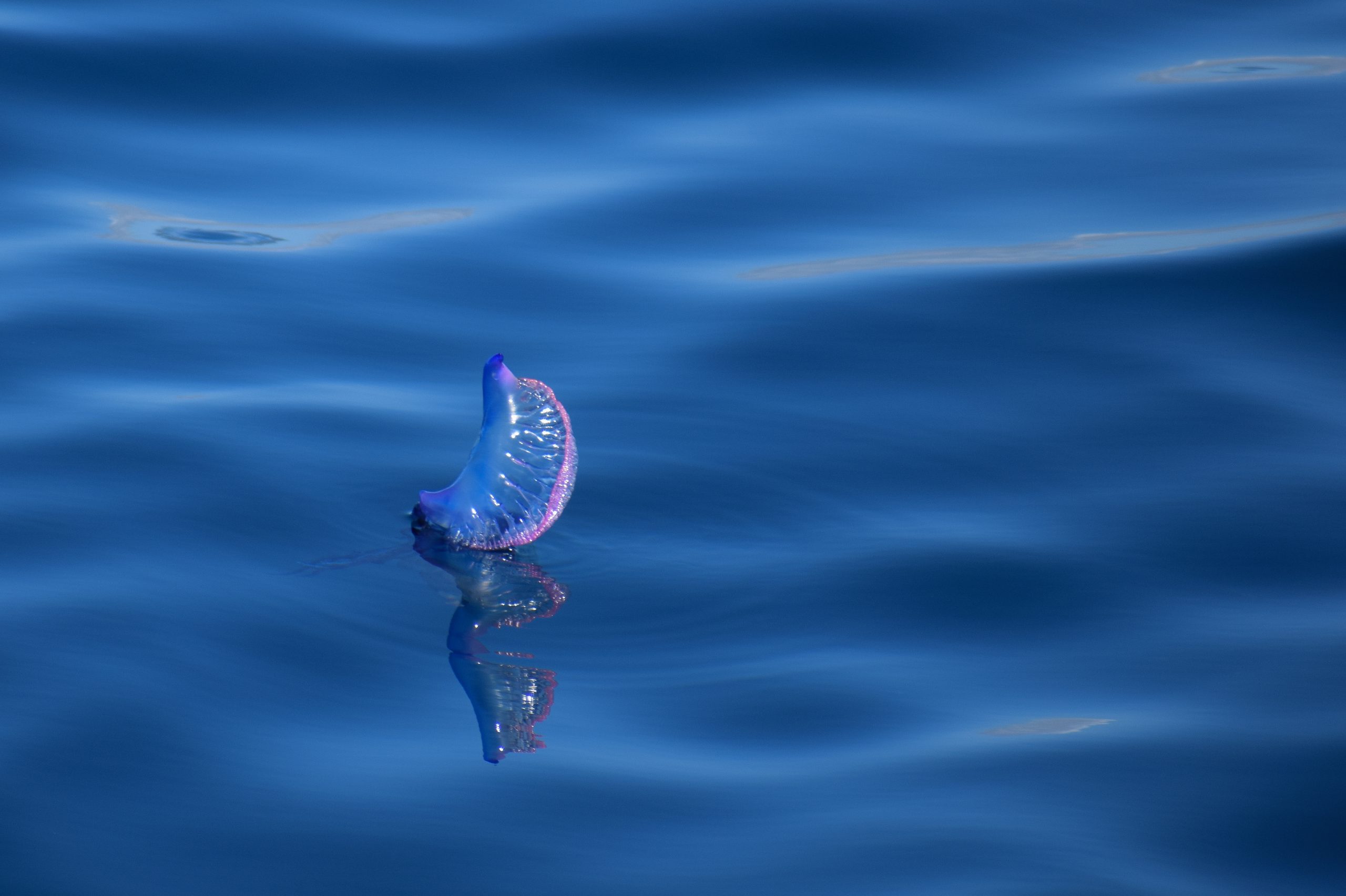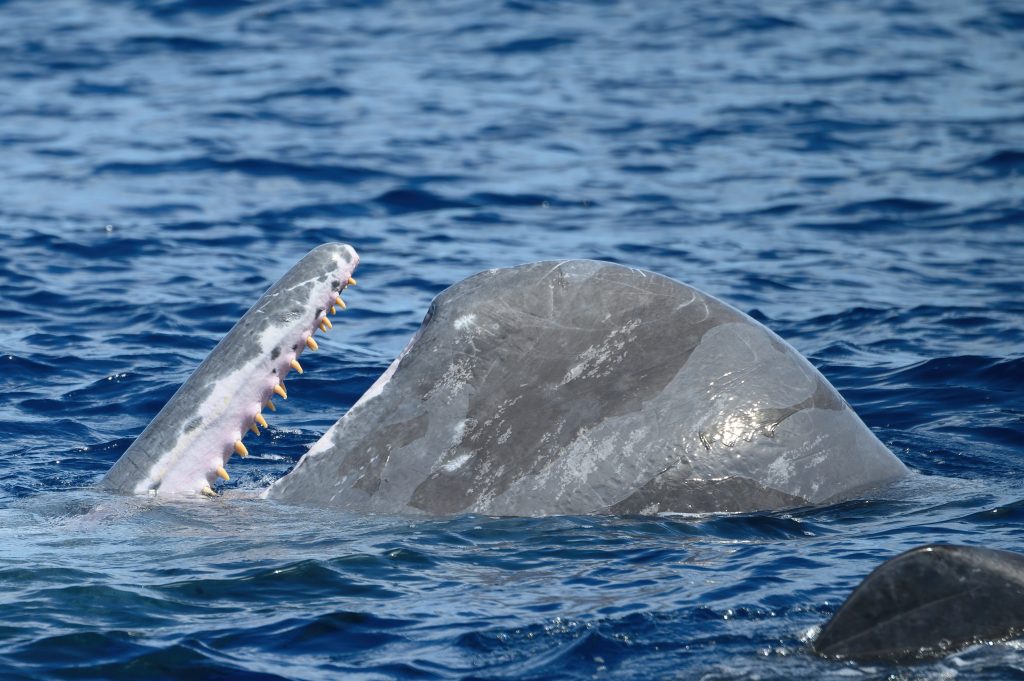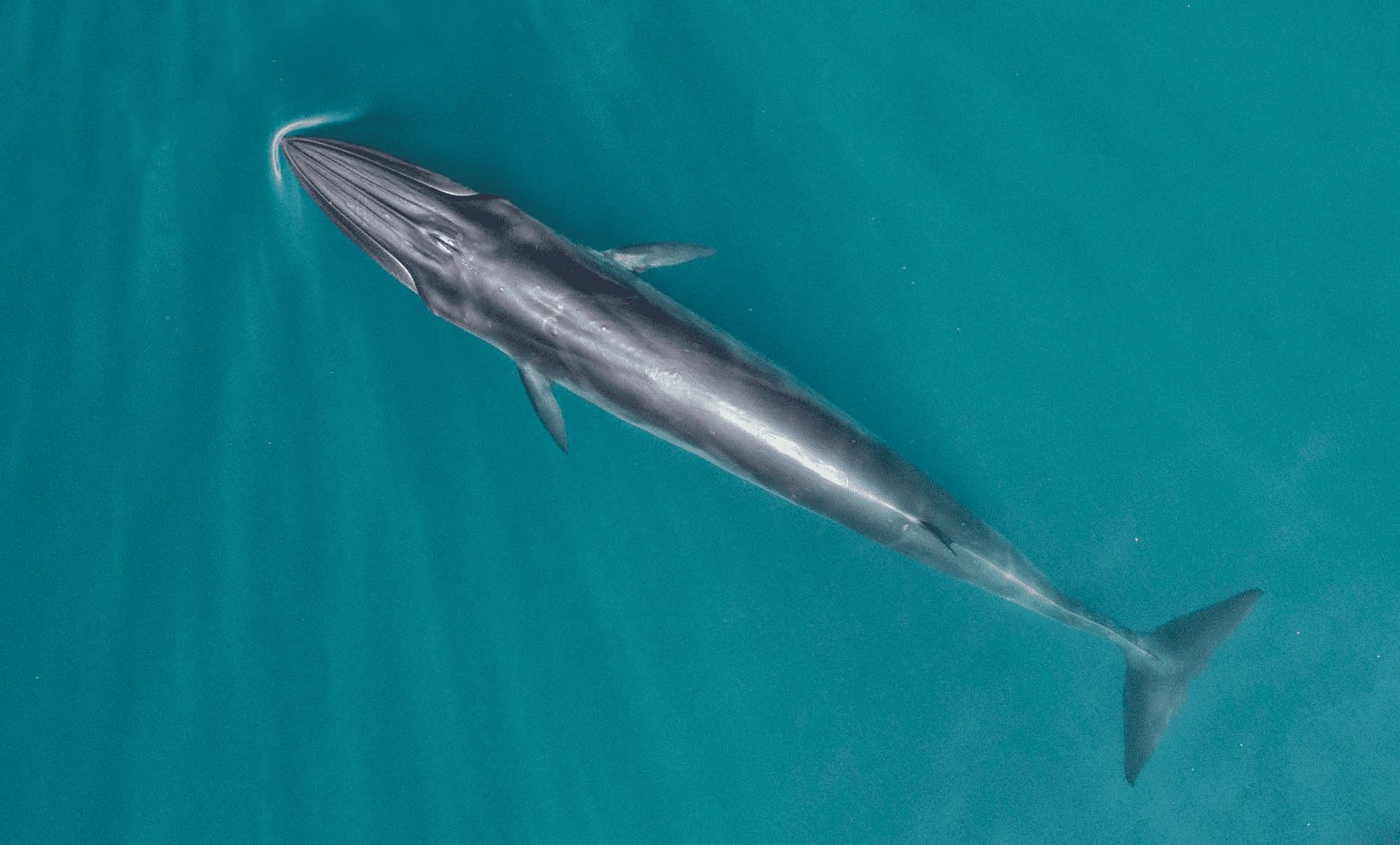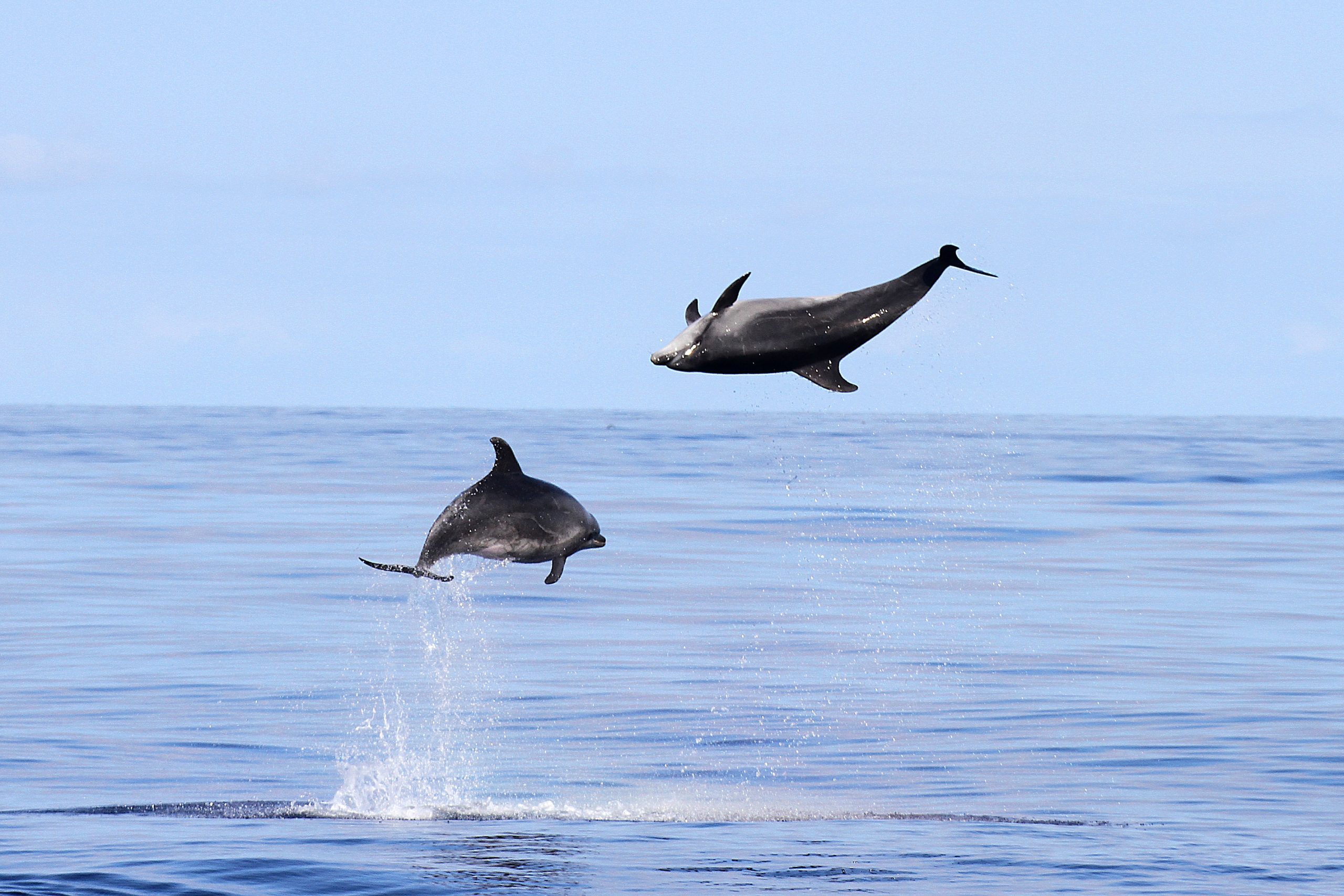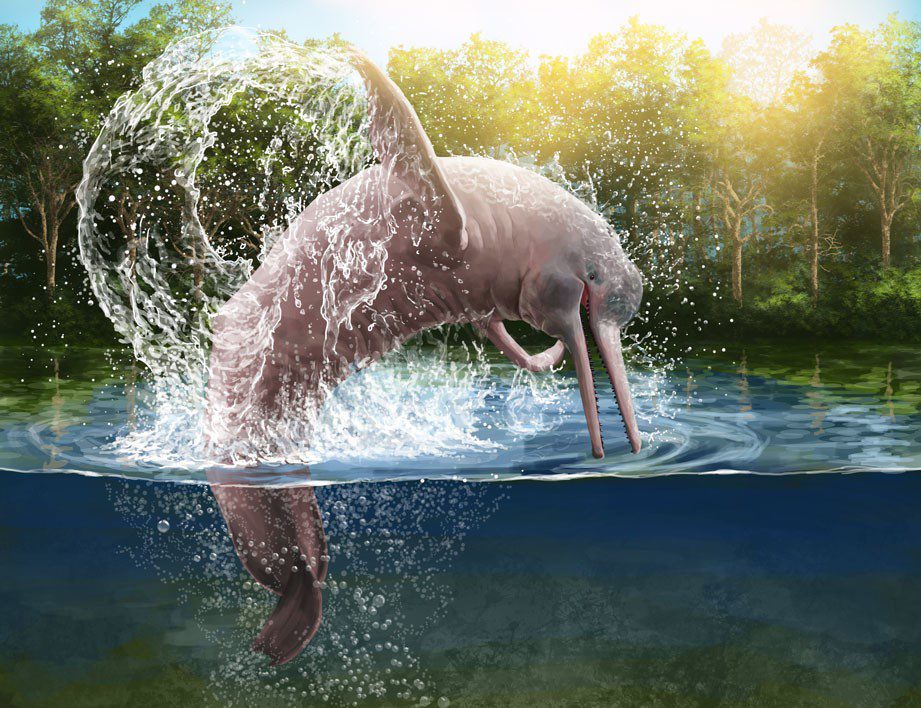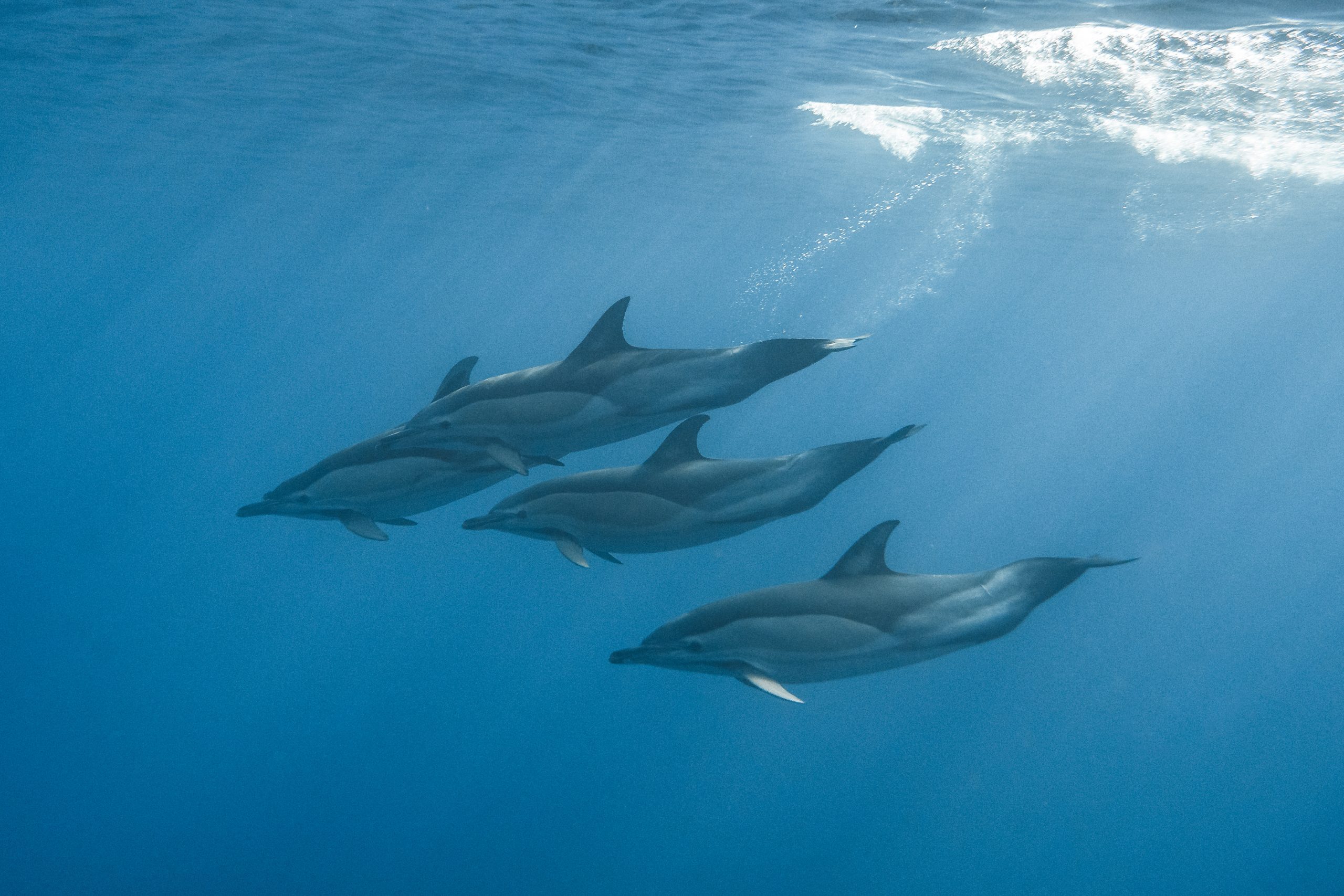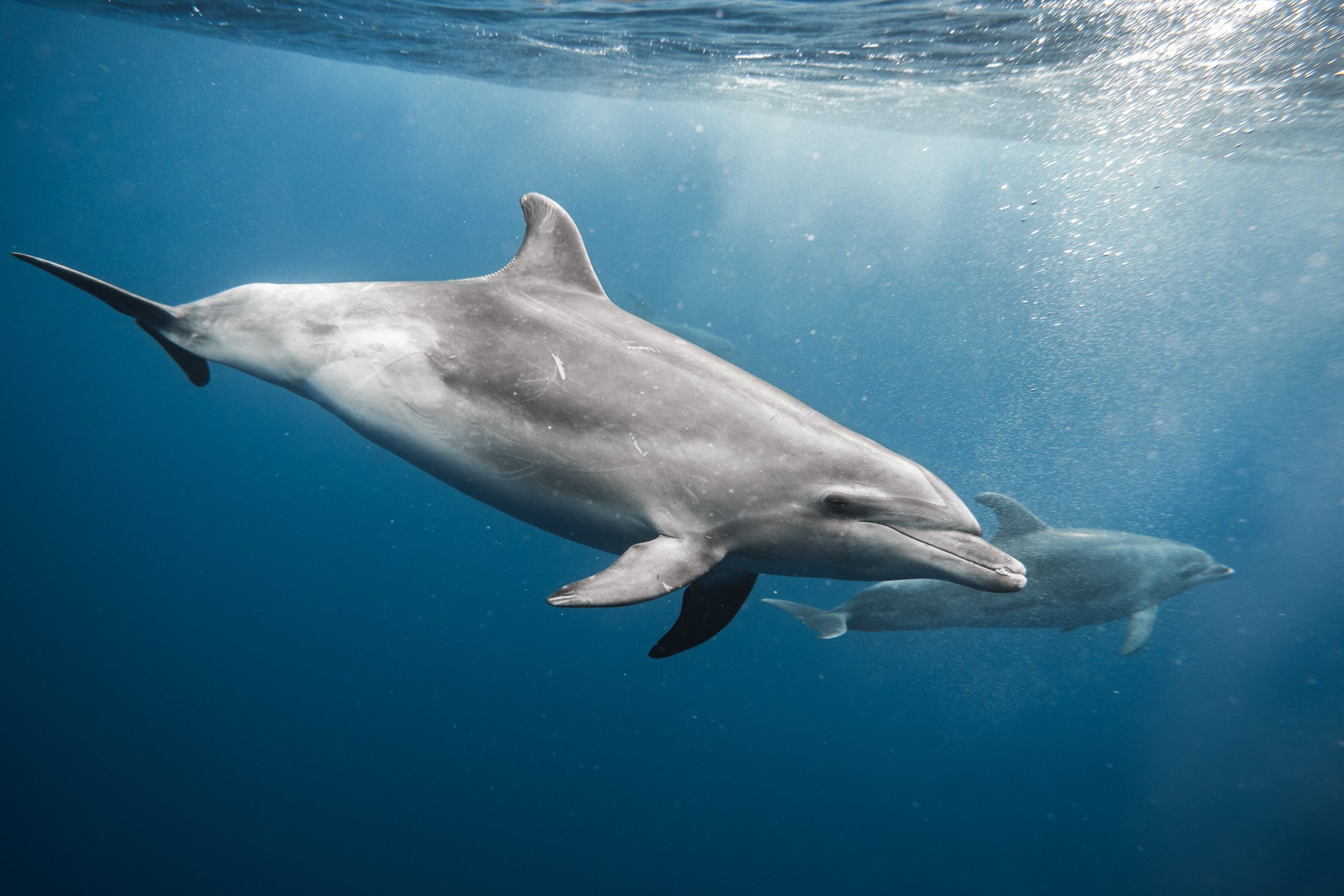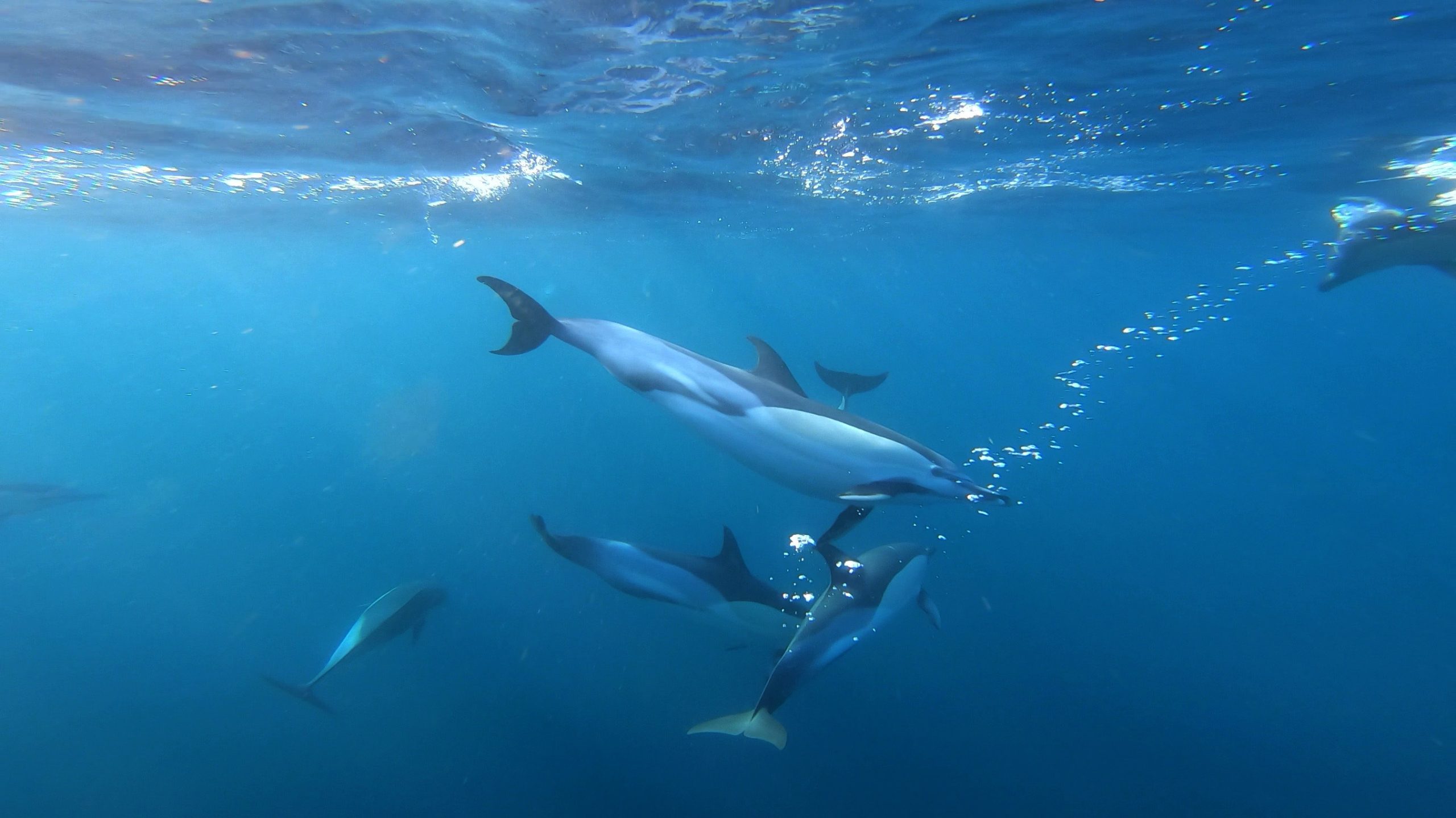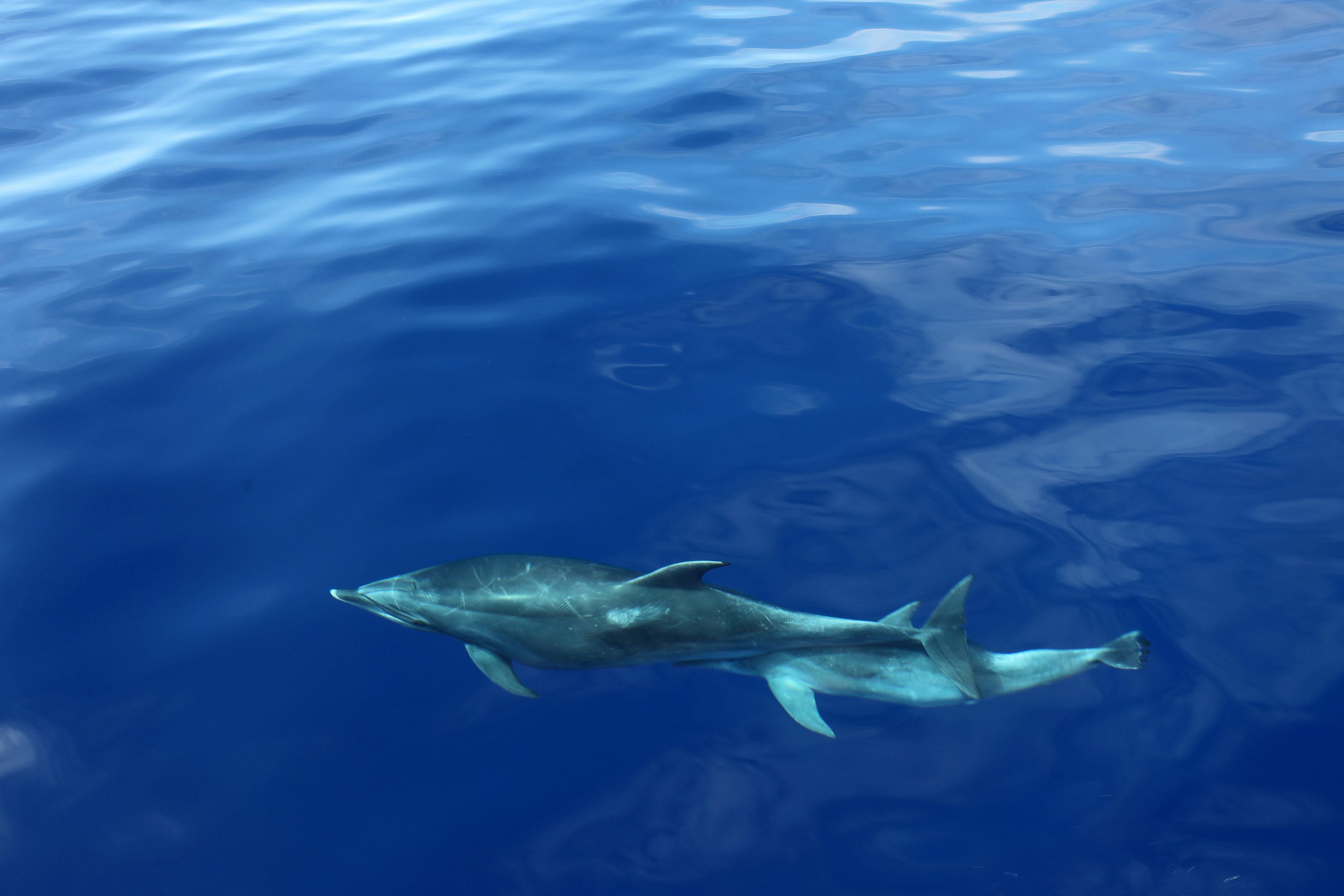Dolphins, with their captivating intelligence and playful nature, have long fascinated humans. These marine mammals are not just beloved for their acrobatics and friendly demeanor but also for the intriguing details of their biology and behavior. In this article, we will explore three key facts and curiosities about dolphins: their lifespan, size, and weight, and diet. By delving into these aspects, we aim to provide a deeper understanding of what makes dolphins such unique and remarkable creatures.
How Long Do Dolphins Live?
In the wild, most dolphins can live for a long time. Orcas may live for 70 years or more. Bottlenose dolphins can live for at least 40 years. In contrast, dolphins that are kept in captivity die much earlier than those living in the wild. For example, bottlenose dolphins, on average, live until 20 years old in captivity.
To calculate dolphins’ age, we have to pay attention to their teeth. Unlike humans, who lose their baby teeth, a dolphin will keep the full set of teeth it was born with for its entire life.

And also, unlike human teeth, dolphin teeth grow larger by producing growth layers in the root. These layers are visible and distinct for each year of a dolphin’s life. Scientists can then determine how old a dolphin is by cutting the tooth in half and counting the growth layers that they see, just as the rings of a tree. So, these layers are a very reliable way of telling the age of most dolphin species.
How Much Do Dolphins Weigh and Measure?
Dolphins vary greatly in size, with their length ranging from 1,2 to 9 meters (4 to 30 feet) and their weight ranging from 39 kg to 10 tons (88 lbs. up to 22000 pounds).
The largest members of the dolphin families are usually referred to as whales, such as orcas, false killer whales, and pilot whales. The world’s smallest dolphins, commonly called Hector’s dolphins, include a subspecies called Maui’s dolphin.

Some smaller species of dolphin can be found traveling in and around coastal waters where they are less likely to face threats from potential predators. In contrast, larger dolphins may venture out further into the offshore ocean, far from coastal waters (Srinivasan & Markowitz, 2010). But size does not always have a direct influence on where dolphins can be found living throughout the world. For example, striped dolphins here in the Azores can be found offshore, and they are around 2m in length.
In addition to staying near coastal environments, small dolphins are also known to travel in large groups to protect themselves from predators. Predators of the dolphin species may include orcas and sharks (Srinivasan & Markowitz, 2010).
Some Sizes and Weights of Dolphins
| 1 | Common Dolphin (Delphinus delphis) | 1,7–2,4 m | 70–110 kg |
| 2 | Striped Dolphin (Stenella coeruleoalba) | 1,8–2,5 m | 90–150 kg |
| 3 | Bottlenose Dolphin (Tursiops truncatus) | 1,9–3,9 m | 150–650 kg |
| 4 | Long-finned Pilot Whale (Globicephala melas) | 3,8–6 m | 1,8–3,5 t |
| 5 | Orca, Killer Whale (Orcinus orca) | 5,5–9,8 m | 2,6–9 t |
In the Azores, we sometimes see two species of dolphins simultaneously on the same trip. For example, we can be with a vast group of the Atlantic spotted dolphins, and suddenly a few bottlenose dolphins appear, interacting within the pod. Then we realize the incredible difference between these two species!
What do Dolphins eat?

All dolphins are carnivores, eating fish and squid. Some dolphins eat crustaceans such as lobsters, shrimp, and crabs, while some eat octopus and cuttlefish.
Different species of dolphins focus on other foods, and they have various hunting styles. Sometimes we see schools of fish from our boats, and we can see “in situ” the typical images of a documentary, the feeding moment!
A dolphin has a three-chambered stomach, similar to that of an ungulate (cow or deer). The mastication of their meal is taken care of in their first, also referred to as the fore stomach. Then, the majority of digestion is processed in the main stomach or second chamber. And finally, the last section of their stomach, the pyloric stomach, takes care of the remainder of their digestion before the contents empty into the intestinal region.

And how do they find the prey?
Dolphins use echolocation, a process that permits dolphins to send out sound waves. When they hit an object or prey, they bounce back, allowing them to identify the location, shape, speed, and size of such an object. Even they can tell the texture!!

The amount of time it takes for the sound waves to come back helps them to determine the distance. It takes longer for the sound waves to return when there is more distance between the dolphin and the given prey.
Conclusion
Dolphins continue to enchant and intrigue us with their remarkable longevity, diverse sizes, and sophisticated hunting techniques. Whether it’s the impressive lifespan of the orca, the significant size differences among species, or their varied carnivorous diets, each fact underscores the complexity and adaptability of these marine mammals. Through ongoing research and observation, we can continue to uncover the many wonders of dolphins, enhancing our appreciation and efforts to protect these extraordinary animals.
Bibliography
General References and Taxonomy
- Klinowska, M. (1991). Dolphins, Porpoises and Whales of the World: The IUCN Red Data Book. IUCN – The World Conservation Union, Gland, Switzerland. 429 pp.
Physiology, Breathing, and Diving Adaptations
- Bruno Cozzi, S., Huggenberger, S., & Oelschläger, H. (2017). Diving: Breathing, Respiration, and the Circulatory System. In Anatomy of Dolphins (pp. 91–131).
- Ponganis, P. J., Kooyman, G. L., & Ridgway, S. H. (2003). Comparative diving physiology. In Bennett and Elliott’s Physiology and Medicine of Diving (eds. A. Brubakk & T. S. Neuman), pp. 211–226. Edinburgh: Saunders Ltd.
- D. Weihs. (2002). Dynamics of Dolphin Porpoising Revisited. Integrative and Comparative Biology, 42(5), 1071–1078.
- Cotten, P. B., Piscitelli, M. A., McLellan, W. A., Rommel, S. A., Dearolf, J. L., & Pabst, D. A. (2008). The gross morphology and histochemistry of respiratory muscles in bottlenose dolphins (Tursiops truncatus). Journal of Morphology, 269(12), 1520–1538.
Neurophysiology and Sleep Behavior
- Mukhametov, L. M., Oleksenko, A. I., & Polyakova, I. G. (1988). Quantification of ECoG stages of sleep in the bottlenose dolphin. Neurophysiology, 20, 398–403.
- Oleksenko, A. I., Mukhametov, L. M., Polyakova, I. G., Supin, A. Y., & Kovalzon, V. M. (1992). Unihemispheric sleep deprivation in bottlenose dolphins. Journal of Sleep Research, 1, 40–44.
Growth, Anatomy, and Evolution
- Hohn, A. A., Scott, M. D., Wells, R. S., Sweeney, J. C., & Irvine, A. B. (1989). Growth layers in teeth from known‐age, free‐ranging bottlenose dolphins. Marine Mammal Science, 5, 315–342.
- Ridgway, S. H., Carlin, K. P., Van Alstyne, K. R., Hanson, A. C., & Tarpley, R. J. (2016). Comparison of dolphins’ body and brain measurements with other cetaceans reveals great diversity. Brain, Behavior and Evolution, 88(3–4), 235–257.
Behavior, Communication, and Social Structure
- Azevedo, A., Flach, L., Bisi, T., Andrade, L., Dorneles, P., & Lailson Brito, J. (2010). Whistles emitted by Atlantic spotted dolphins (Stenella frontalis) in Southeastern Brazil. The Journal of the Acoustical Society of America, 127, 2646–2651.
- Hastie, G. D., Wilson, B., Tufft, L. H., & Thompson, P. M. (2003). Bottlenose dolphins increase breathing synchrony in response to boat traffic. Marine Mammal Science, 19, 74–84.
- Scott, E., Mann, J., Watson-Capps, J., Sargeant, B., & Connor, R. (2005). Aggression in bottlenose dolphins: Evidence for sexual coercion and competition. Behaviour, 142, 21–44.
- Zainuddin Lubis, M. (2016). Behaviour and echolocation of male Indo-Pacific bottlenose dolphins. ResearchGate. DOI: 10.13140/RG.2.1.4603.7520.
- Wells, R. S., M. D. Scott, & A. B. Irvine. (1987). The social structure of free-ranging bottlenose dolphins. In H. Genoways (Ed.), Current Mammalogy, 247–305. Plenum Press, New York, NY.
Reproduction, Lactation, and Development
- Wells, R. (2000). Reproduction in wild bottlenose dolphins: Overview of patterns observed during a long-term study. In Bottlenose Dolphins Reproduction Workshop, 57–74. Silver Springs, AZ.
- Wells, R. S., & Scott, M. D. (1999). Bottlenose Dolphin Tursiops truncatus (Montagu, 1821). In S. H. Ridgway & R. J. Harrison (Eds.), Handbook of Marine Mammals: The Second Book of Dolphins and Porpoises, 137–182. Academic Press, New York, NY.
- West, K. L., Oftedal, O. T., Carpenter, J. R., Krames, B. J., Campbell, M., & Sweeney, J. C. (1987). Effect of lactation stage and concurrent pregnancy on milk composition in bottlenose dolphins. Journal of Zoology, 273(2).
- Orbach, D., Rattan, S., Hogan, M., Crosby, A., & Brennan, P. (2019). Biomechanical properties of female dolphin reproductive tissue. Acta Biomaterialia, 86.
Ecology and Behavior in Wild Populations
- Srinivasan, M., & Markowitz, T. (2010). Dusky Dolphins: Master Acrobats off Different Shores — Predator Threats and Survival Strategies.
- Weihs, D. (2002). Dynamics of dolphin porpoising revisited. Integrative and Comparative Biology, 42, 1071–1078.


